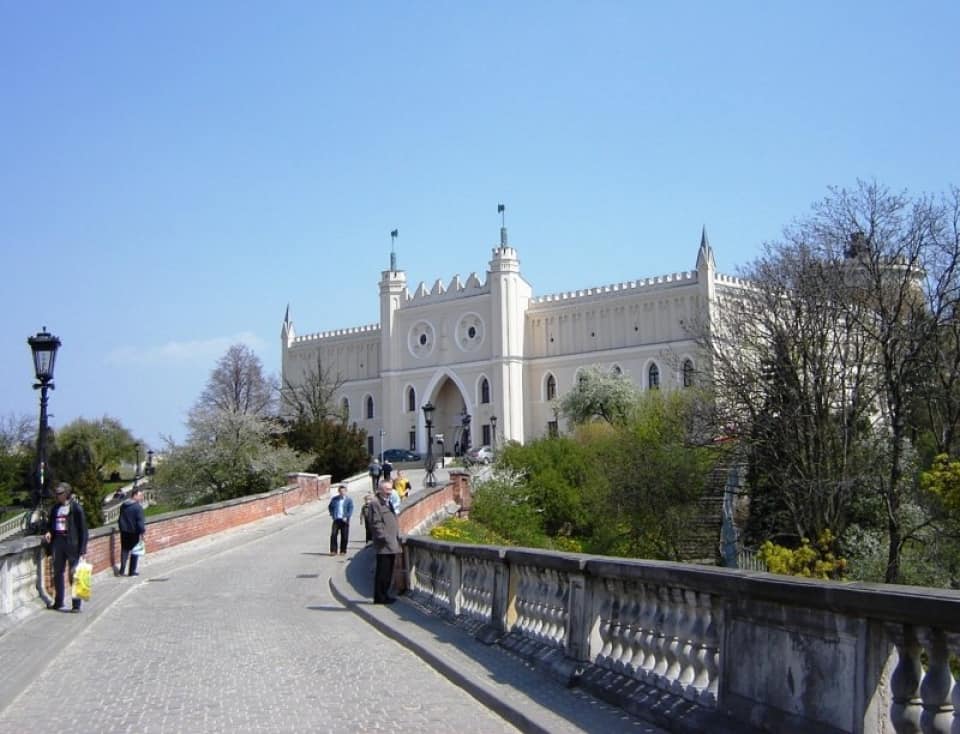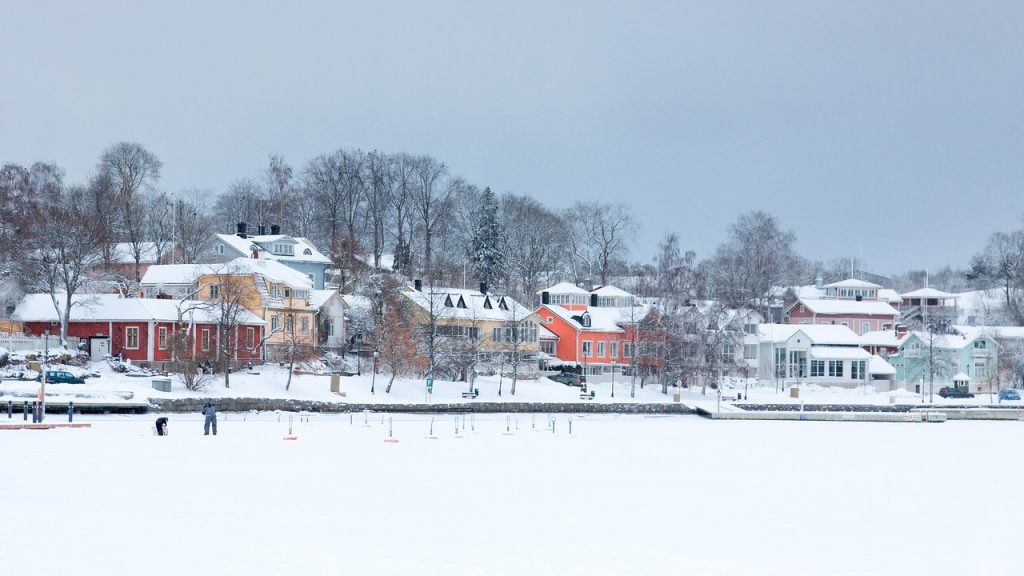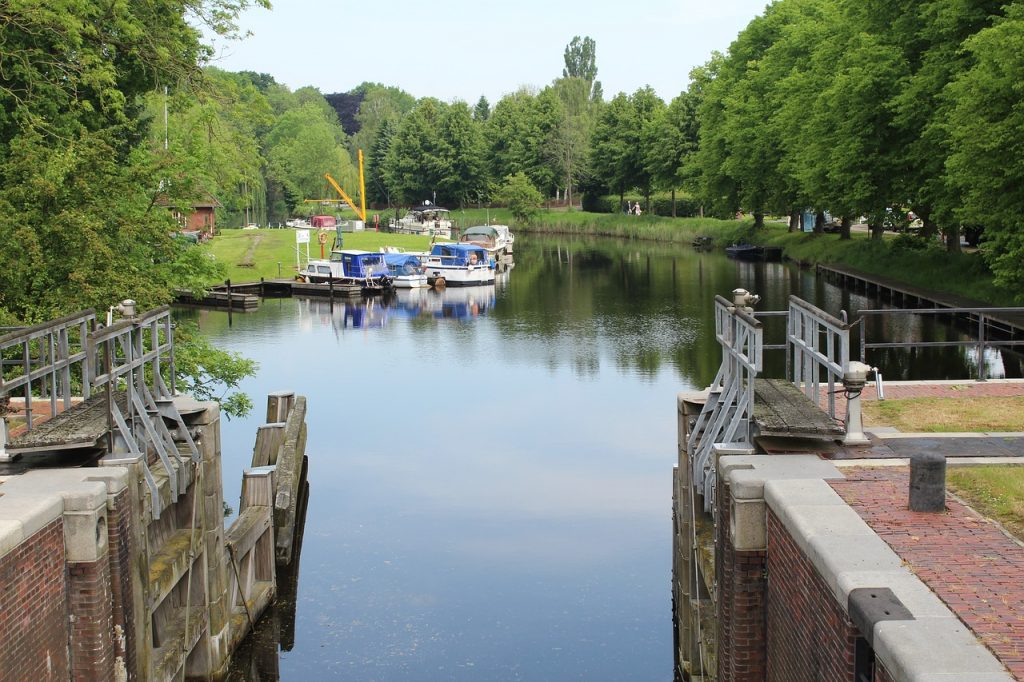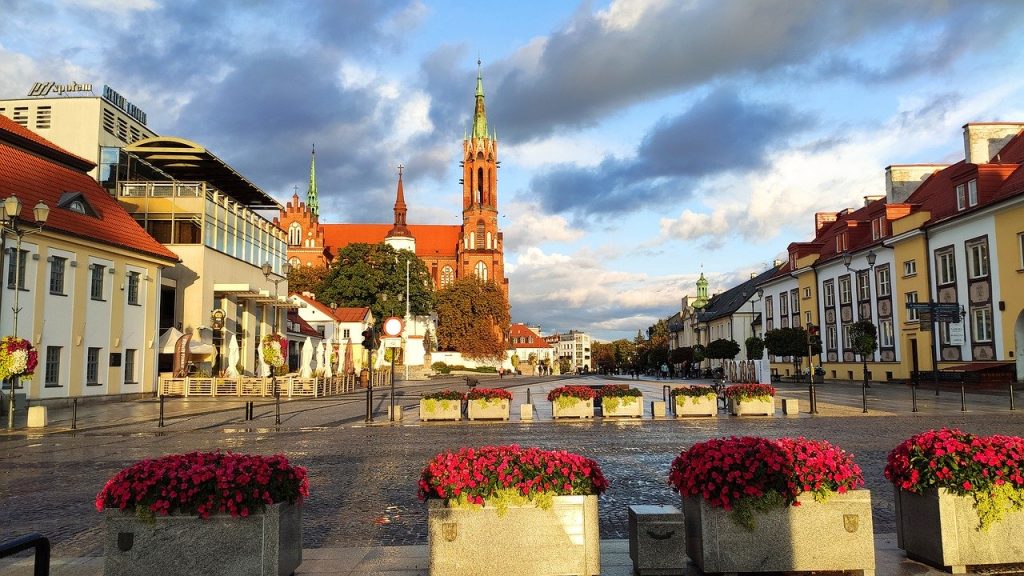Lublin is the largest Polish city on the eastern side of the Vistula. Capital of the Lublin Voivodeship and the Lublin Province.

It is one of the largest Polish cities, the 9th city in the country in terms of population (349 440 inhabitants) and 15 in terms of area (147 km²). It is historically located in Lesser Poland, initially in the Sandomierz region, and then in the Lublin region, which is the center. The city is located on the Lublin Upland (on the border of the Nałęczowski Plateau, Świdnickie Plateau and Giełczewska Highlands), on the Bystrzyca River – the left-bank tributary of the Wieprz River. Two streams flow into Bystrzyca: Czerniejówka and Czechówka. In addition, the fourth river flows through the city – Nędznica, also called Krężniczka. Lublin is one of the oldest settlements in Poland. The beginnings of settlement in the city date back to the 6th century, when the settlement on the Czwartek hill developed (the name comes from the market day). On the castle hill in the 10th century, a defensive structure was erected, made of wood, later made of stone, which in the 12th century became known as a castellany. A city was founded nearby on the Old Town Hill. Lublin was probably granted municipal rights under Magdeburg law for the first time during the time of Bolesław the Chaste around 1257. In 1341, Kazimierz III Wielki near Lublin won the Tatars, and a year later he issued the city with another location privilege, the so-called regulatory, under which the city was surrounded by walls. In 1474, Kazimierz Jagiellończyk established the capital of the newly created Lublin Province, separated from the Sandomierz Province.
In the 16th and 17th centuries there was the main center of the Reformation. One of the most important communes of Polish brothers operated here, represented by Jan Niemojewski and the minister of the congregation Marcin Czechowic. There was also a Calvinist congregation in Lublin, in which the preacher was Krzysztof Kraiński. A Jewish printing house already worked in the city in the 16th century, a Polish printing house from 1630, and a Jesuit printing house from 1687. In the 17th century, the famous Lublin fairs collapse on the wave of nationwide national conflicts and economic stagnation. As a result of the Cossack wars and revolts (1648–1650), most merchants from Europe emigrate from the city. In 1655 Lublin was plundered by the Russian-Cossack army, the Jewish district was particularly damaged at that time. In 1686, the Hejnał of the City of Lublin began to play. The following years contribute to the further decline of the city mainly due to the ongoing Northern War (early 18th century). The northern wars are followed by a period of expansion of the city, mainly of magnate seats and church goods. In 1788, after 100 years, the Protestant movement was revived, which was reflected in the construction of the church of St. Trinity that exists today. After the publication of the May 3rd Constitution, which was enthusiastically received in the city, Lublin possessed its first president – Mr. Teodor Gruell-Gretz. In 1918, the Catholic University of Lublin was founded. From November 1918, the city again found itself in independent Poland, again became the capital of the province. During the PRL there was a rapid development of the city. In 1944, the Maria Curie-Skłodowska University was founded. A number of industrial plants were built, including the Truck Factory (FSC) and the helicopter factory in nearby Świdnik (WSK PZL Świdnik). By 1989, the city’s population had more than tripled compared to the population before 1939. Since 2001, Lublin has its twin city, the only one with the same name outside of Poland – Lublin, Wisconsin, USA.
The most interesting monuments of Lublin include:
- Castle with castle chapel, Lublin Museum, ul. Zamkowa 9;
- Museum of the Lublin Village, al. Warszawska 96;
- The Old Town with the Krakow Gate, numerous galleries, pubs and cafes
- Lublin underground,
- UMCS Botanical Garden,
- The State Museum at Majdanek,
There are several cinemas, theaters, concert hall, numerous museums in Lublin.
The article comes from the portal: http://www.turystyka-pojezierze.pl/


